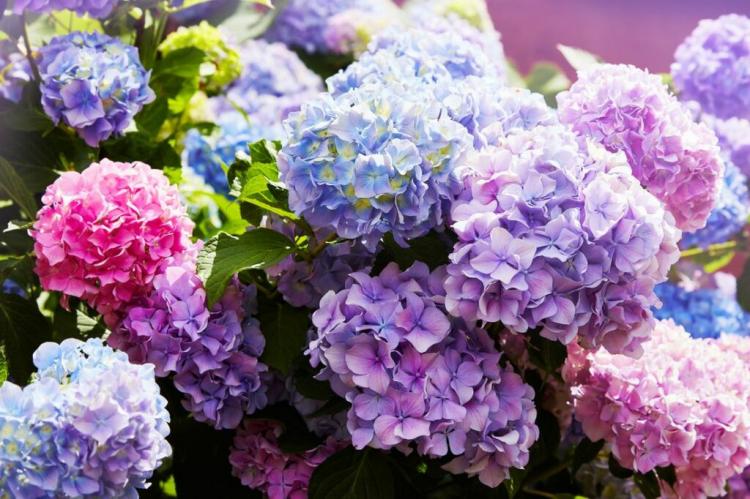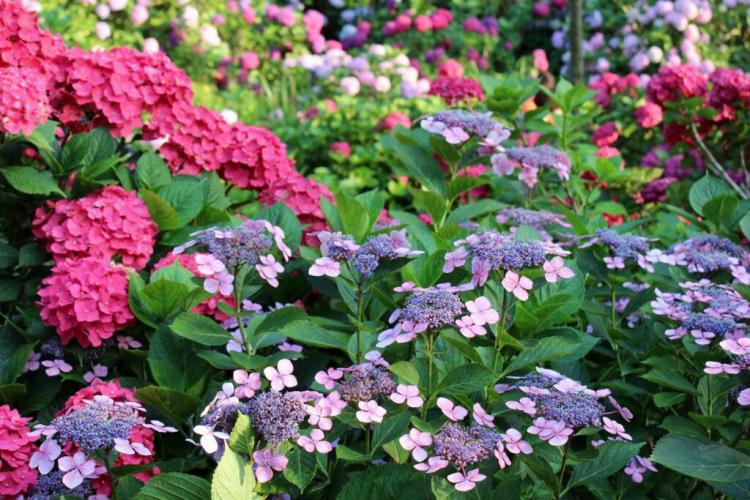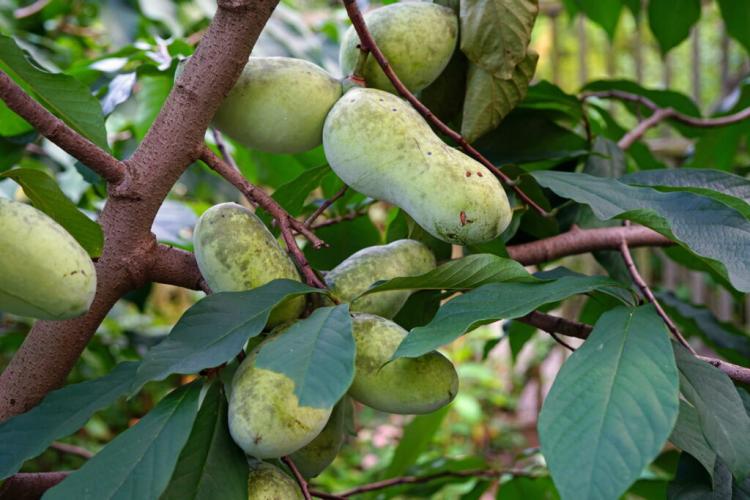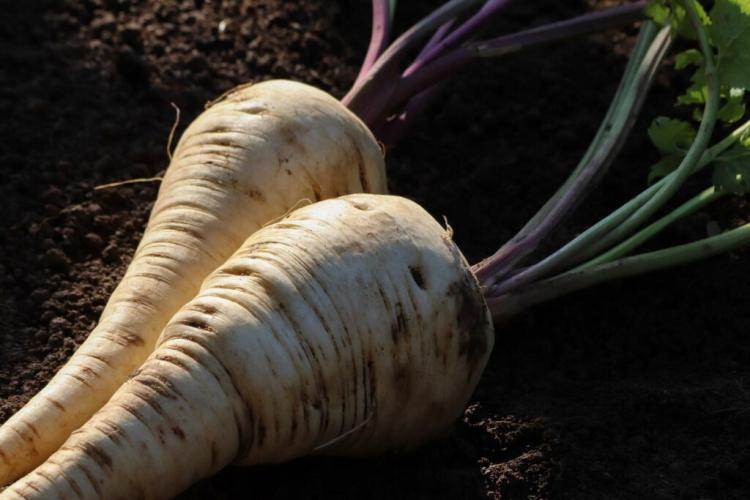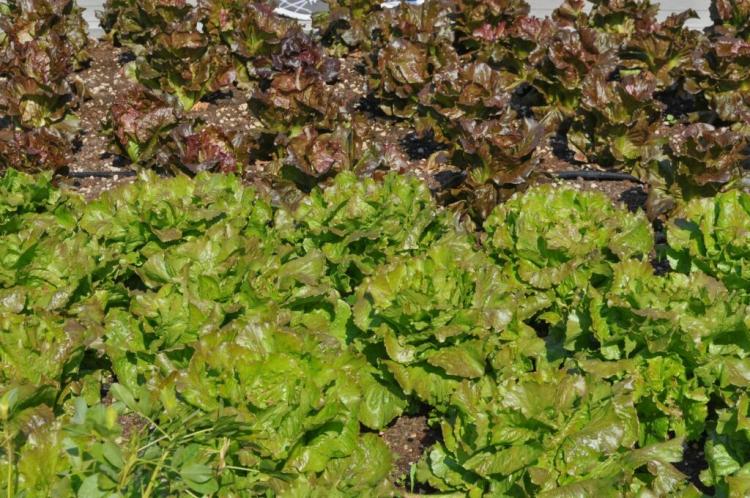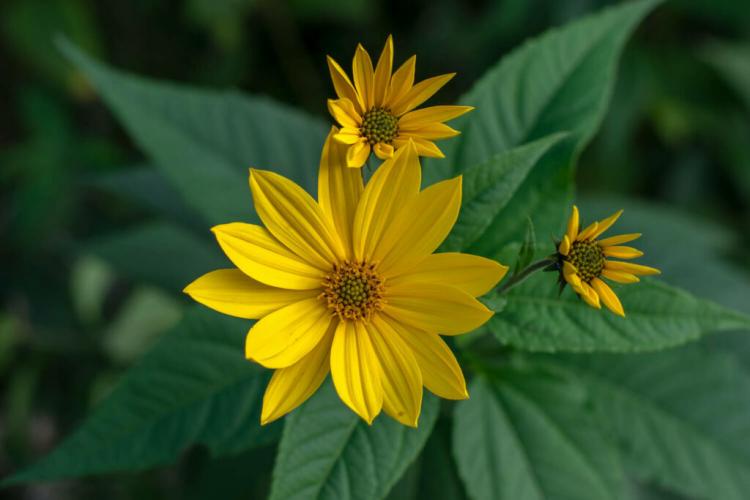Fertilizing gooseberries: when, how and with what?
For the harvest to be productive in summer, the gooseberry needs sufficient nutrients. We show what you should pay attention to when fertilizing gooseberries. The gooseberry ( Ribes uva-crispa ) belongs to the gooseberry family ( Grossulariaceae ) and is closely related to the red currant ( Ribes rubrum ). With berry bushes, one often…

